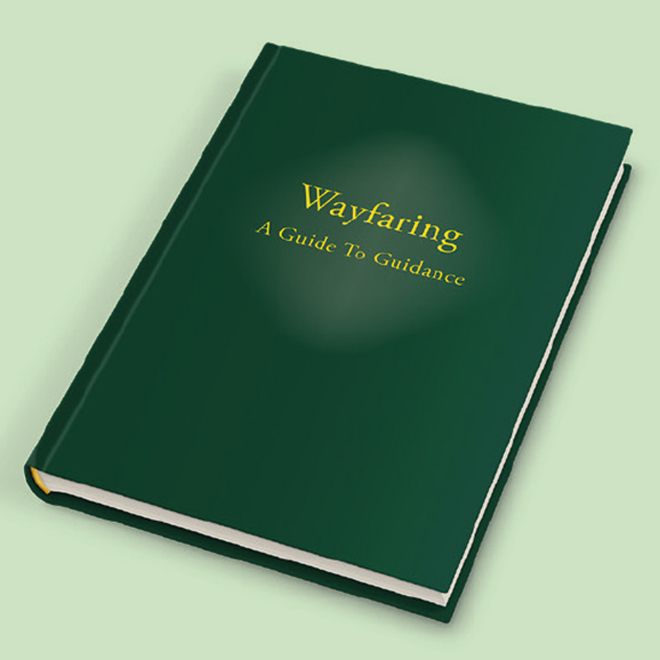A school peace club. Photo: Courtesy of John Lampen.
Cultivating the seeds of peace: Part two
In the second of two articles John Lampen asks how Friends can work to reduce a climate of violence
In 1989, as mounting disorder signalled the approaching end of the Soviet Union, the Soviet Peace Committee invited Quaker Peace & Service (QPS) to send a team of Friends to discuss peacekeeping responses. Sue Williams and I made a presentation on Northern Ireland, describing how local community groups, unofficial peace projects, women’s groups, churches and schools (what is now termed ‘civil society’) all contributed to a reduction in prejudice, an increase of mutual understanding and a growing demand for peace, despite the failure of political initiatives.
